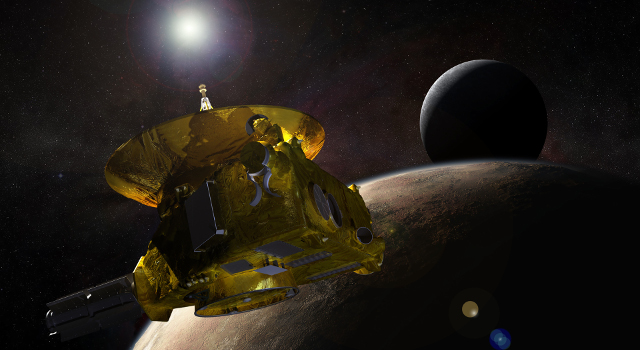A global food shortage may not appear to be a threat or worry for a lot of people; around half a billion have been diagnosed as obese, that’s 1 in 14 people worldwide
[1]. However, with an estimated 1 in 9 people being malnourished, in many countries the threat is already a reality. Though numbers predicted vary, the global population was agreed to have breached 7 billion people by 2012
[2]. Most estimates point to another 2 billion people on the planet by the middle of the century. To put that increase into perspective, when we reached the first billion by 1804 it took around 156 years to add 2 billion. At our current rate of growth, an addition of the same number again will happen more than five times faster.
 |
| The prevalence of malnourishment and obesity across the globe, and the disparity between the two. South-east African countries appear most malnourished, whilst levels of obesity rose in almost every country last year. Image credits: Undernourishment by country (top) via wikimedia [CC BY-SA 3.0], obesity by country (bottom) from Institute for Health Metrics and Evaluation [CC BY-NC-ND 4.0] |



